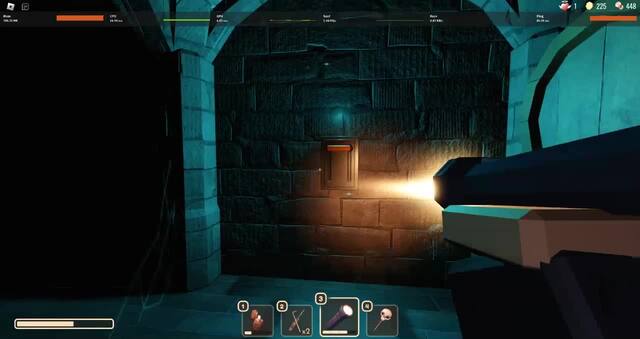
PC game clip sharing platform Medal.tv adds mobile games acquiring Megacoo | Pocket Gamer.biz | PGbiz

Medal 2.0 is here | Medal 2.0 is here! In the last year that Medal has been in alpha, we've grown into a massive platform that millions of you use every time




















